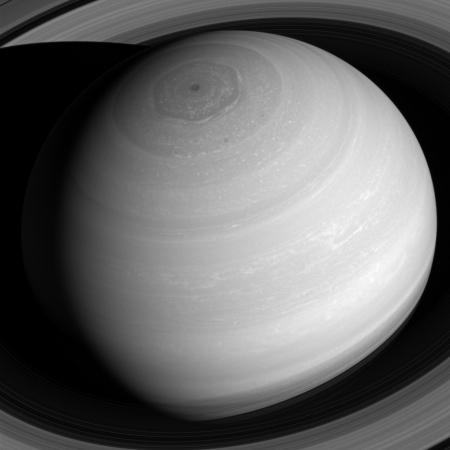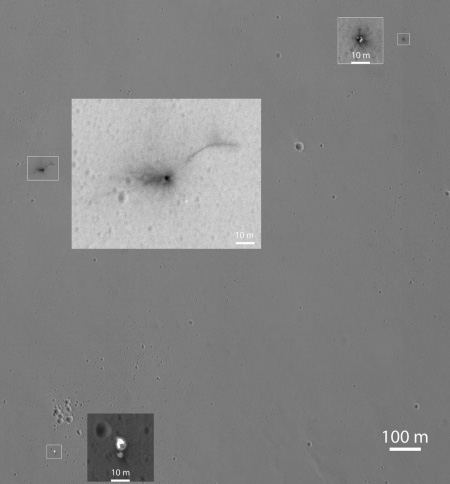Atlas 5 to launch Cygnus in March
NASA has ordered Orbital ATK to use ULA’s Atlas 5 rocket for its next Cygnus cargo run to ISS in order to maximize the cargo that the capsule can deliver.
A Cygnus reached the station last month with over 5,000 pounds of supplies after launching atop Orbital ATK’s own Antares rocket. It was the first such flight for the booster in two years, a lull instigated by the 2014 explosion of an Antares and Orbital ATK’s decision to replace the main engines with a different design. But the more-powerful Atlas 5 rocket can launch over 7,700 pounds of provisions inside a Cygnus, and the Wall Street Journal reported on Thursday night that NASA has pushed Orbital ATK to buy another Atlas 5 for its greater lift capacity and reliability record.
Sources told Spaceflight Now that the Atlas 5 would launch the OA-7 mission in March and that Orbital ATK was working with Kennedy Space Center to book facility time to process the Cygnus.
It was not immediately clear if NASA or Orbital ATK would pay for the extra costs associated with the Atlas 5 rocket.
This decision by NASA to favor Atlas 5 here over Antares illustrates some of the commercial weaknesses of Antares. Orbital ATK’s decision to launch the rocket from Wallops Island in Virginia had some political advantages, putting their launch facilities in the state and congressional district of legislators whose approval they were soliciting. The decision, however, limited the cargo capacity of the rocket because of the site’s higher latitude. This might also help explain why Orbital ATK has as yet failed to find any other customers for Antares, besides NASA.
I also wonder whether some political pressure from other legislators who favor ULA also helped influence this decision. The political game is brutal these days in Washington and almost nothing connected to the federal government is done anymore without some crony and corrupt political maneuvers in the background.
NASA has ordered Orbital ATK to use ULA’s Atlas 5 rocket for its next Cygnus cargo run to ISS in order to maximize the cargo that the capsule can deliver.
A Cygnus reached the station last month with over 5,000 pounds of supplies after launching atop Orbital ATK’s own Antares rocket. It was the first such flight for the booster in two years, a lull instigated by the 2014 explosion of an Antares and Orbital ATK’s decision to replace the main engines with a different design. But the more-powerful Atlas 5 rocket can launch over 7,700 pounds of provisions inside a Cygnus, and the Wall Street Journal reported on Thursday night that NASA has pushed Orbital ATK to buy another Atlas 5 for its greater lift capacity and reliability record.
Sources told Spaceflight Now that the Atlas 5 would launch the OA-7 mission in March and that Orbital ATK was working with Kennedy Space Center to book facility time to process the Cygnus.
It was not immediately clear if NASA or Orbital ATK would pay for the extra costs associated with the Atlas 5 rocket.
This decision by NASA to favor Atlas 5 here over Antares illustrates some of the commercial weaknesses of Antares. Orbital ATK’s decision to launch the rocket from Wallops Island in Virginia had some political advantages, putting their launch facilities in the state and congressional district of legislators whose approval they were soliciting. The decision, however, limited the cargo capacity of the rocket because of the site’s higher latitude. This might also help explain why Orbital ATK has as yet failed to find any other customers for Antares, besides NASA.
I also wonder whether some political pressure from other legislators who favor ULA also helped influence this decision. The political game is brutal these days in Washington and almost nothing connected to the federal government is done anymore without some crony and corrupt political maneuvers in the background.




